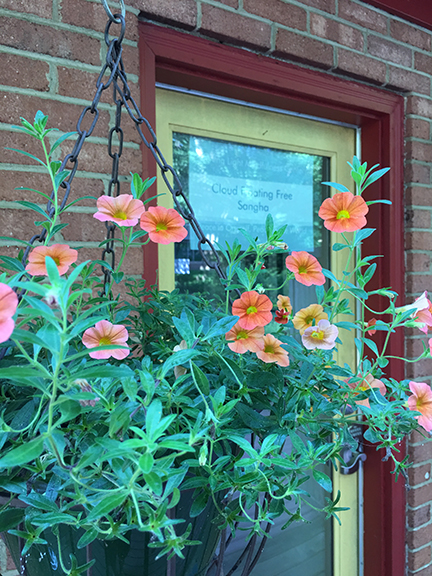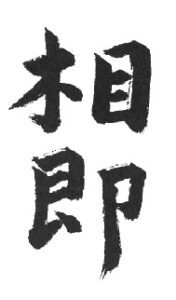by Pam Marraccini | enlightenment, freedom, liberation, love, suffering, Thich Nhat Hanh, transformation, true home

Bodhicitta (Sanskrit) is the mind of enlightenment, beginner’s mind. When we’re inspired by the desire to practice and transform our suffering so we can help the many people around us who suffer, the mind of that moment is very beautiful. It’s a mind of a bodhisattva, one who attains his or her own liberation in order to help all beings. Sometimes we call it the “mind of love.” It’s because of love that we practice. We’re not just trying to run away from suffering. We want more than that. We want to transform our own suffering and be free in order to help many other people to transform their suffering.
Thich Nhat Hanh, Your True Home, the everyday wisdom of TNH
by Pam Marraccini | afflictions, anger, awareness, breathing, compassion, consciouness, deep listening, equanimity, garden, happiness, heart, joy, listening, love, meditation, mindfulness, Peace, present, true home, understanding
Heart Like a R iver, Page 8
iver, Page 8
If you pour a handful of salt into a cup of water, the water becomes undrinkable. But if you pour the salt into a river, people can continue to draw the water to cook, wash, and drink. The river is immense, and it has the capacity to receive, embrace, and transform. When our hearts are small, our understanding and compassion are limited, and we suffer. We can’t accept or tolerate others and their shortcomings, and we demand that they change. But when our hearts expand, these same things don’t make us suffer anymore. We have a lot of understanding and compassion and can embrace others. We accept others as they are, and then they have a chance to transform. So the big question is: how do we help our hearts to grow?
Feeding our Love, Page 9
Each of us can learn the art of nourishing happiness and love. Everything needs food to live, even love. If we don’t know how to nourish our love, it withers. When we feed and support our own happiness, we are nourishing our ability to love. That’s why to love means to learn the art of nourishing our happiness.
Love is Organic, Page 14
Love is a living, breathing thing. There is no need to force it to grow in a particular direction. If we start by being easy and gentle with ourselves, we will find it is just there inside of us, solid and healing.
Be Beautiful, Be Yourself, Page 23
If you can accept your body, then you have a chance to see your body as your home. You can rest in your body, settle in, relax, and feel joy and ease. If you don’t accept your body and your mind, you can’t be at home with yourself. You n=have to accept yourself as you are. This is a very important practice. As you practice building a home in yourself, you become more and more beautiful.
The Practice of Metta, Page 64
To love is, first of all, to accept ourselves as we actually are. The first practice of love is to know oneself. The Pali word Metta means “loving kindness.” When we practice Metta Meditation, we see the conditions that have caused us to be the way we are; this makes it easy to accept ourselves, including our suffering and happiness. When we practice Metta Meditation, we touch our deepest aspirations. But the willingness ad aspiration to love is not yet love. We have to look deeply, with all our being, in order to understand the object of our meditation. The practice of love meditation is not autosuggestion. We have to look deeply at our body, feelings, perceptions, mental formations, and consciousness. We can observe how much peace, happiness, and lightness we already have. We can notice whether we are anxious about accidents or misfortunes, and how much anger, irritation, fear, anxiety or worry are still in us. As we become aware of the feelings in us, our self-understanding will deepen. We will see how our fears and lack of peace contribute to our unhappiness, and we will see the value of loving ourselves and cultivating a heart of compassion. Love will enter our thoughts, words, and actions.
by Pam Marraccini | awareness, consciouness, daily life, meditation, mindfulness, present, sitting meditation, true home, wisdom
Awareness of the body #31 your true home the everyday wisdom of Thich Nhat Hanh
IN sitting meditation, the first thing is to be aware that you are in a sitting position. Then, you can sit in a way that brings you calm, solidity, and well-being. We can notice the position of our body in each moment, when we are sitting, walking, standing, or lying down. We can be aware of our actions, whether we are sitting up, bending down, or putting on a jacket. Awareness brings us back to ourselves, and when we are fully mindful of our body, and living in the here and now, we are in our true home.


